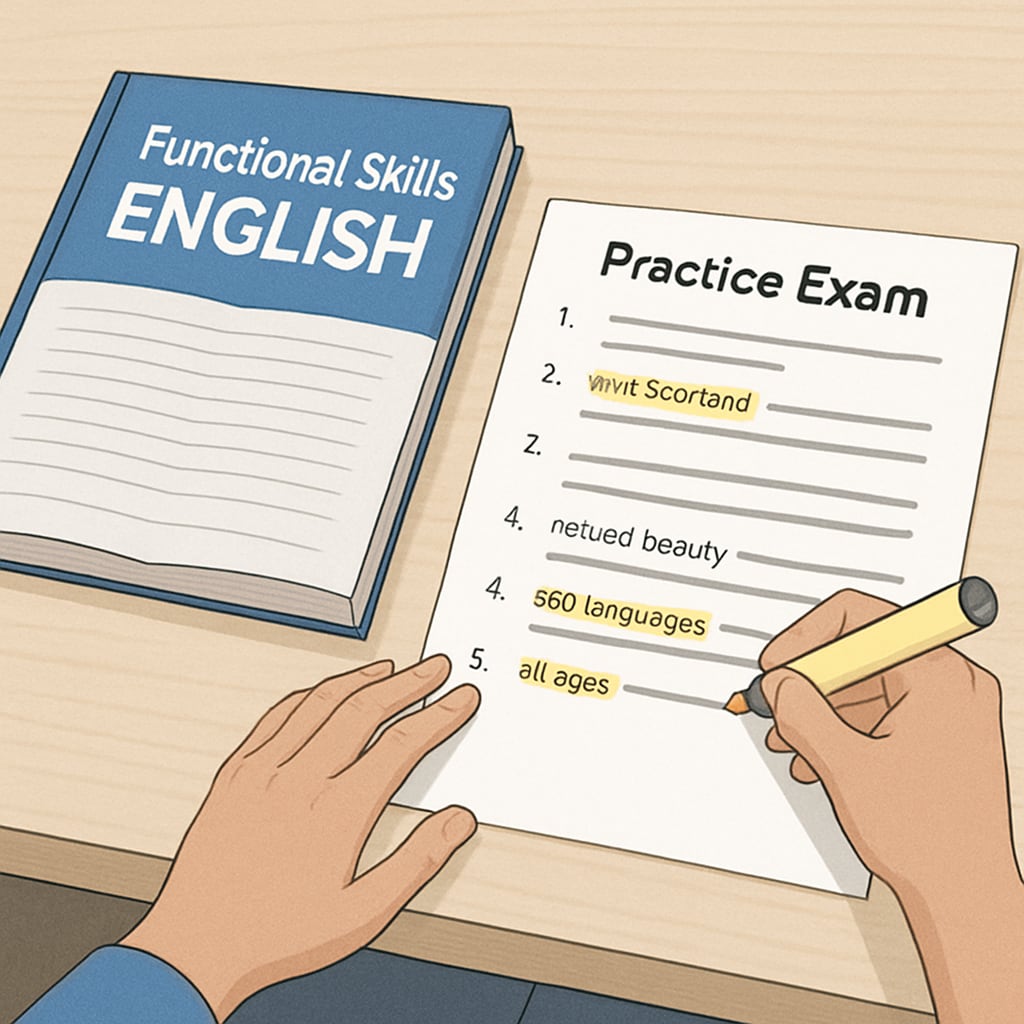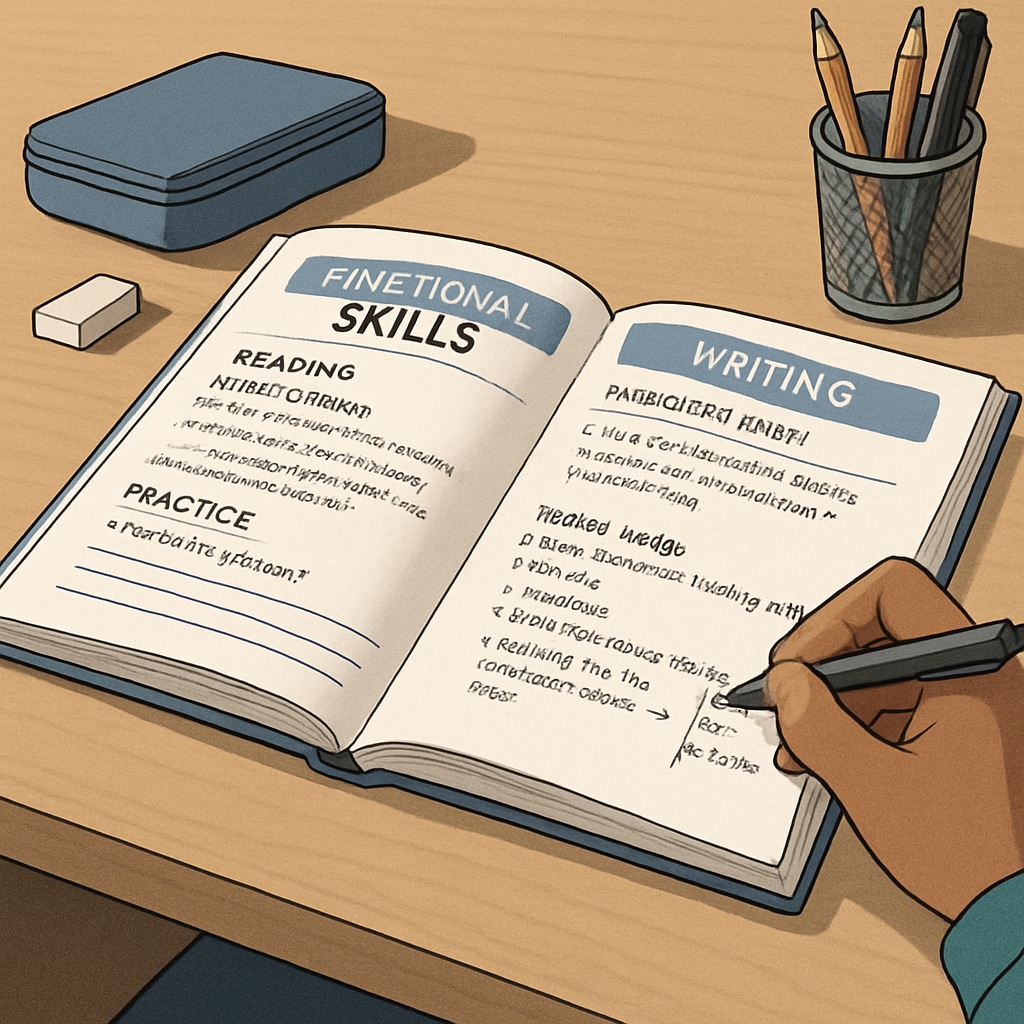In Functional Skills English exams, reading comprehension often poses significant challenges for students, particularly when it comes to identifying the purpose of a text. This skill is critical, as it enables students to interpret the writer’s intentions and respond effectively to exam questions. In this article, we will explore the common difficulties students face in discerning text purpose, provide systematic strategies, and offer practical tips for overcoming these obstacles.
Understanding the Importance of Text Purpose in Functional Skills English
Text purpose refers to the reason a writer has crafted a particular piece of writing. Texts can inform, persuade, entertain, or instruct, and understanding this purpose is crucial for accurately answering exam questions. For example, in a Functional Skills English exam, you may encounter an informational leaflet, a persuasive advertisement, or a narrative story. Each requires a different approach to comprehension.
Many students struggle to differentiate between these text types, especially when they contain overlapping features. For instance, a persuasive text may also include informative elements, or an instructional text may use engaging language to keep the reader’s attention. Recognizing these subtleties is key to mastering the exam.

Common Challenges in Identifying Text Purpose
Students often face the following difficulties when trying to determine the purpose of a text:
- Ambiguous language: Writers sometimes use language that serves multiple purposes, making it harder to categorize the text.
- Lack of context: Without clear context, students may misinterpret the audience or intent of the text.
- Overlooking key clues: Small details, such as tone or structure, are often missed, leading to incorrect conclusions.
To address these issues, students need a systematic approach to text analysis, focusing on key indicators such as language, tone, and structure.
Practical Techniques for Identifying Text Purpose
Below are some proven strategies to help students accurately determine text purpose:
- Analyze the title and headings: These often provide clear hints about the text’s intent. For example, “How to Save Money on Groceries” suggests an instructional purpose.
- Look for persuasive language: Words like “best,” “must,” or “essential” indicate persuasion.
- Pay attention to tone: Formal, neutral tones are often used in informational texts, while emotional or urgent tones suggest persuasion or calls to action.
- Examine the structure: Instructional texts often use numbered steps, while narratives follow a chronological order.
- Identify the intended audience: Consider who the writer is addressing, as this can shape the text’s purpose.
By practicing these techniques on a variety of text types, students can build confidence and improve their exam outcomes.

Enhancing Exam Performance with Practice and Resources
In addition to applying the strategies above, students can further improve their skills by incorporating the following practices into their study routine:
- Use past papers: Regularly working through past exam questions helps familiarize students with text types and question formats.
- Seek feedback: Teachers or peers can provide valuable insights into areas for improvement.
- Leverage online resources: Platforms like BBC Skillswise offer free tools to enhance reading comprehension.
- Set timed practice sessions: Simulating exam conditions helps develop time management skills.
By combining these techniques with consistent practice, students can overcome their difficulties and approach Functional Skills English exams with confidence.
In conclusion, identifying the purpose of a text is a critical skill in Functional Skills English exams. While the task may seem daunting at first, with the right strategies and resources, students can develop their analytical abilities and achieve success. Focus on key indicators, practice regularly, and seek support when needed—these steps will lead to measurable improvement in reading comprehension and overall exam performance.
Readability guidance: Use short paragraphs and bullet points to summarize key points. Distribute transition words evenly throughout the text to maintain flow and coherence.


